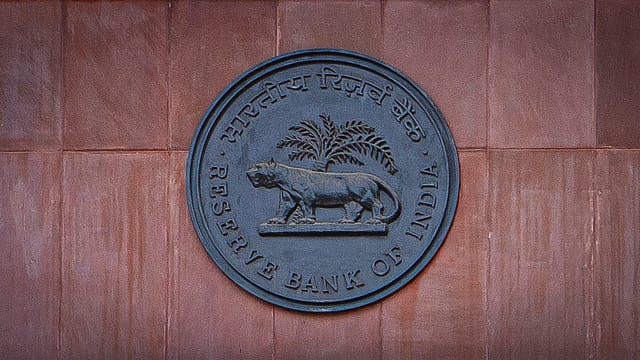RBI transferred ₹1.14 lakh cr to contingency fund in FY22
ADVERTISEMENT

The Reserve Bank of India (RBI) transferred ₹1,14,567.01 crore to its contingency fund in the financial year 2021-22, the central bank says in its annual report for 2021-22. The size of its balance sheet increased by 8.46% in 2021- 2022, reflecting its liquidity and foreign exchange operations during the year.
The contingency fund or CF, which remains with the RBI only, is kept aside for meeting unforeseen circumstances like depreciation in value of securities, monetary and exchange rate-related risks or in case of any special responsibility given to the RBI.
The RBI’s income for the year increased by 20.14%, expenditure grew a whopping 280.13%. The total income of the central bank in 2021-22 was over ₹1.6 lakh crore, up from over ₹1.3 lakh crore during 2020-21. Its expenditure ballooned to ₹1.2 lakh crore as compared to just over ₹34,146 crore in 2020-21, primarily due to ₹1.14 lakh crore and ₹100 crore provisions set aside for contingency fund and asset development fund, respectively.
January 2026
Netflix, which has been in India for a decade, has successfully struck a balance between high-class premium content and pricing that attracts a range of customers. Find out how the U.S. streaming giant evolved in India, plus an exclusive interview with CEO Ted Sarandos. Also read about the Best Investments for 2026, and how rising growth and easing inflation will come in handy for finance minister Nirmala Sitharaman as she prepares Budget 2026.
The central bank transferred a surplus worth ₹30,307.45 crore to the government, a huge decline from ₹99,122 crore transferred as surplus in 2020-21.
During 2021-22, the size of the RBI's balance sheet increased by over ₹4.82 lakh crore i.e., 8.46% from over ₹57 lakh crore to ₹61.9 lakh crore as of March 31, 2022. The increase on the asset side was due to an increase in foreign investments, domestic investments, gold, and loans and advances by 4.28%, 11.67%, 30.07% and 54.53%, respectively.
On the liability side, the increase was due to an increase in deposits and notes issued by 16.24% and 9.86%, respectively. Domestic assets constituted 28.22% while the foreign currency assets and gold (including gold deposits and gold held in India) constituted 71.78% of total assets as of March 31, 2022, vs 26.42% and 73.58%, respectively, as of March 31, 2021.
Notably, the year 2020-21 was a transition year for the Reserve Bank as the accounting year was changed from ‘July to June’ to ‘April to March’ and therefore, the accounting year 2020-21 was of nine months period, i.e., ‘July 2020 to March 2021’.
The RBI, regarding the banking sector, says it was cushioned against Covid disruptions by its adequate liquidity support and various regulatory dispensations. It said the gross non-performing assets (GNPA) ratio of all scheduled commercial banks moderated to its "lowest level" in six years, due to efforts towards recoveries and technical write-offs.
Also, it said the balance sheet of non-banking financial companies (NBFCs) expanded in 2021-22 (up to December 2021) but asset quality in the sector "deteriorated". Nevertheless, capital cushions showed an improvement, says the RBI, adding that given the growing inter-connectedness of NBFCs with other segments of the financial system, it issued guidelines on scale-based regulations for NBFCs on October 22, 2021. The guidelines were again issued on December 14, 2021, to extend the prompt corrective action (PCA) framework to NBFCs, it said.
